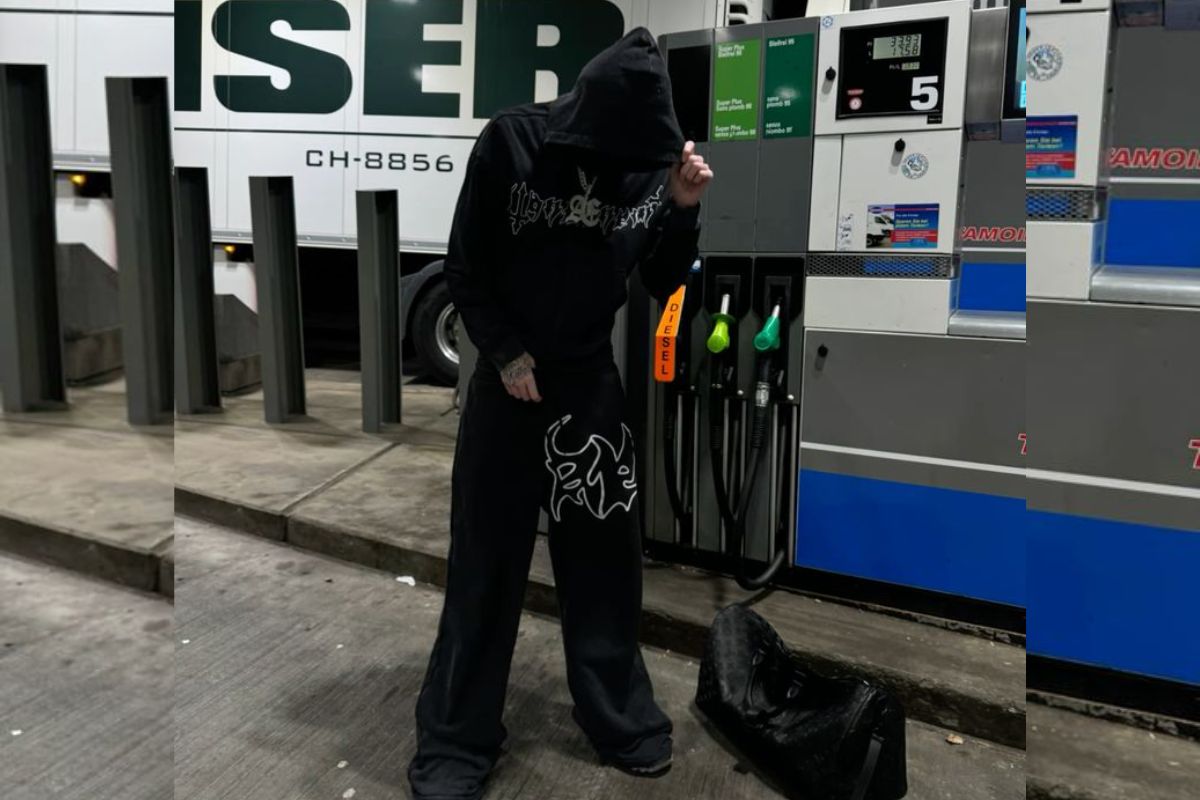

Though fads come and go in the always changing field of fashion, some designs have a long-lasting effect. Among such styles is the mysterious and seductive Opium Style. But exactly is Opium Style? Simply said, the mystery and elegance connected with the opium dens of the late 19th and early 20th centuries inspired a fashion trend. Examining this style is interesting since it blends exotic patterns, rich textures, and a decadent attitude.
Table of Contents


Opium Style originated in the 19th century when opium dens were rather prominent in several European and American cities. Usually found in literature and art, these dens came to represent exotic wealth and escape. Opium fashion originated from the imagination of artists and designers attracted by the East and the enigmatic opium dens. Early Opium Style users found inspiration in fabrics, Oriental art, and home design. Asian art’s rich color palettes and complex designs took front stage in the aesthetic. Fashion of the time reflected this obsession with the East, with designers including kimono sleeves, mandarin collars, and detailed embroidery into their works.
The unique patterns and themes of the Opium Style define it. Expect lots of florals, dragon images, and intricate scrollwork. Often with a hand-painted or stitched flair, these patterns possess an individual, handcrafted character.
Opium Style boasts a rich and luxurious color pallet. Often complemented with jewel tones like emerald green and sapphire blue, deep reds, golds, and blacks rule. Essential to the appeal of the style, these colors inspire wealth and decadence.
The foundation of the Opium Style is luxury fabrics. Consider brocade, velvet, and silk. These luxurious materials not only look great but also feel decadent, therefore accentuating the whole extravagant atmosphere. Texture is quite important; layering and embroidery gives the garment richness and depth.
Opium Style draws much from Eastern civilizations, especially from Chinese and Japanese inspirations. Common use is of classic elements such pagoda forms, cherry blossoms, and dragon ideas. Many times, these components are reworked in a modern fashion setting to combine old and new. Modern Opium Style designs deftly incorporate traditional Eastern components including obi belts, qipao (cheongsam) shapes, and complex beading. The ageless and adaptable nature of the style results from this mix of old and modern.
With the Jazz Age’s passion for all things exotic and glitzy, Opium Style attracted more popularity once more in the 1920s. Features of this age were flapper gowns with Oriental themes, ornate headpieces, and dramatic makeup. Midway through the 20th century, Opium Style changed as Eastern aesthetics inspired designers like Christian Dior and Yves Saint Laurent. Their designs frequently reflected Asian-inspired patterns and opulent fabrics, therefore securing Opium Style’s relevance in high fashion.
Opium Style pioneers included designers like Paul Poiret and Mariano Fortuny. They brought Eastern aesthetics appeal to the Western culture and produced gorgeous yet unique clothing. Many contemporary businesses now embrace Opium Style. Opium-inspired motifs are frequently included into designs by designers such as Dries Van Noten and brands like Gucci and Etro, therefore preserving the trend and relevance.
Opium Style has lately become somewhat fashionable once more. Both streetwear and high fashion have embraced the trend as designers play with fresh takes on the classic motifs. Runway displays sometimes show Opium Style in spectacular forms. From flowing silk gowns to finely embroidered coats, Opium Style clearly influences many of current designs.
You don’t have to walk the catwalk to pull Opium Style. Including pieces into your regular clothing is simpler than you would imagine. Starting with a striking item like a silk kimono jacket or a pair of embroidered denim, create Style Opium-inspired works depends mostly on balance. To prevent overwhelming your appearance, pair strong patterns with neutral essentials.
Opium Style has been somewhat popularized thanks in great part to celebrities. Opium-inspired clothing has been seen worn by stars such as Rihanna and Zendaya, therefore elevating the trend in fashion. Red carpet events sometimes showcase breathtaking Opium Style outfits. These events not only draw attention to the trend but also encourage fashionistas to include like components into their outfits.
Opium Style finds expression in home décor in addition to fashion. Consider luxuriant textures, strong patterns, and rich textiles. Any area can become a sophisticated and elegant refuge inspired by opium. Emphasize important pieces like silk pillows, Oriental rugs, and detailed wallpaper to introduce Opium Style into your house. These items can give your living area some unusual grandeur.
DIY projects can be a great and satisfying approach for the creative and crafts types to follow the trend. Think about creating your own embroidered clothes or accentuating your room with handcrafted Oriental-inspired décor. One environmentally friendly approach to keep in fashion is upcycling old clothing and adding Opium twists. To make one-of- a-kind products, personalize your pieces using unusual needlework or fabric paint.
Opium Style is a great fusion of fashion, history, and culture. Designers and fashionistas both still find great inspiration in this classic trend with its rich designs, opulent fabrics, and exotic appeal. Approaching this style with respect and awareness for its cultural roots would help us to ensure that its beauty is honored in a significant and ethical manner going ahead.
With the ever-evolving beauty industry, makeup trends come and go, but there are a few…
The Dyson Airwrap revolutionized how individuals style their hair. It's the perfect blend of innovation,…
Mother's Day is the day to celebrate the amazing mothers who raised us and took…
Soap nails have been the most trending manicure style of 2025, and it has thrilled…
Ah, prom season—the one marked by sparkling gowns, immaculate tuxes, lifelong memories. But one major…
Acne can be one of the most infuriating skin issues to work with. Whether it's…